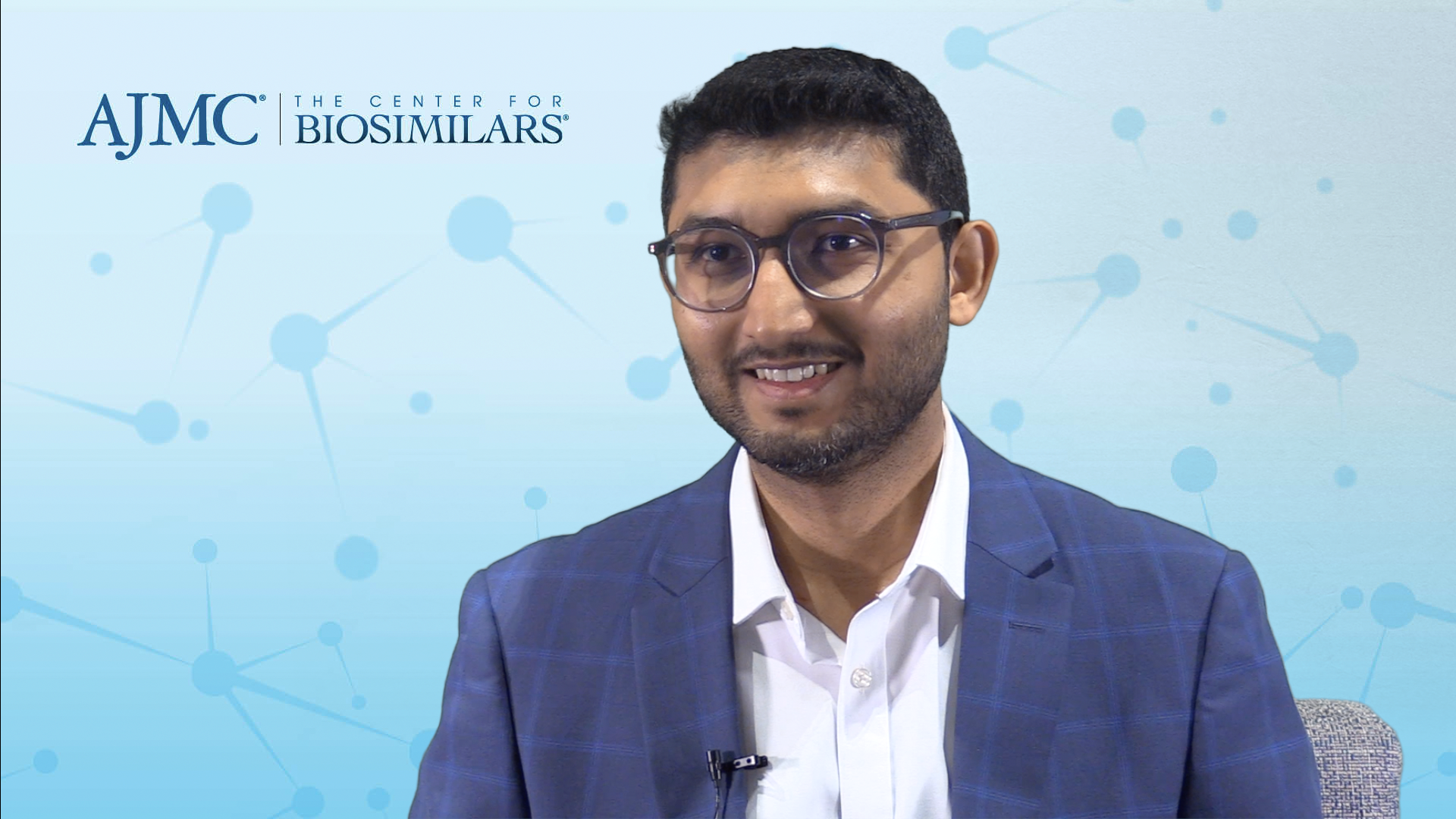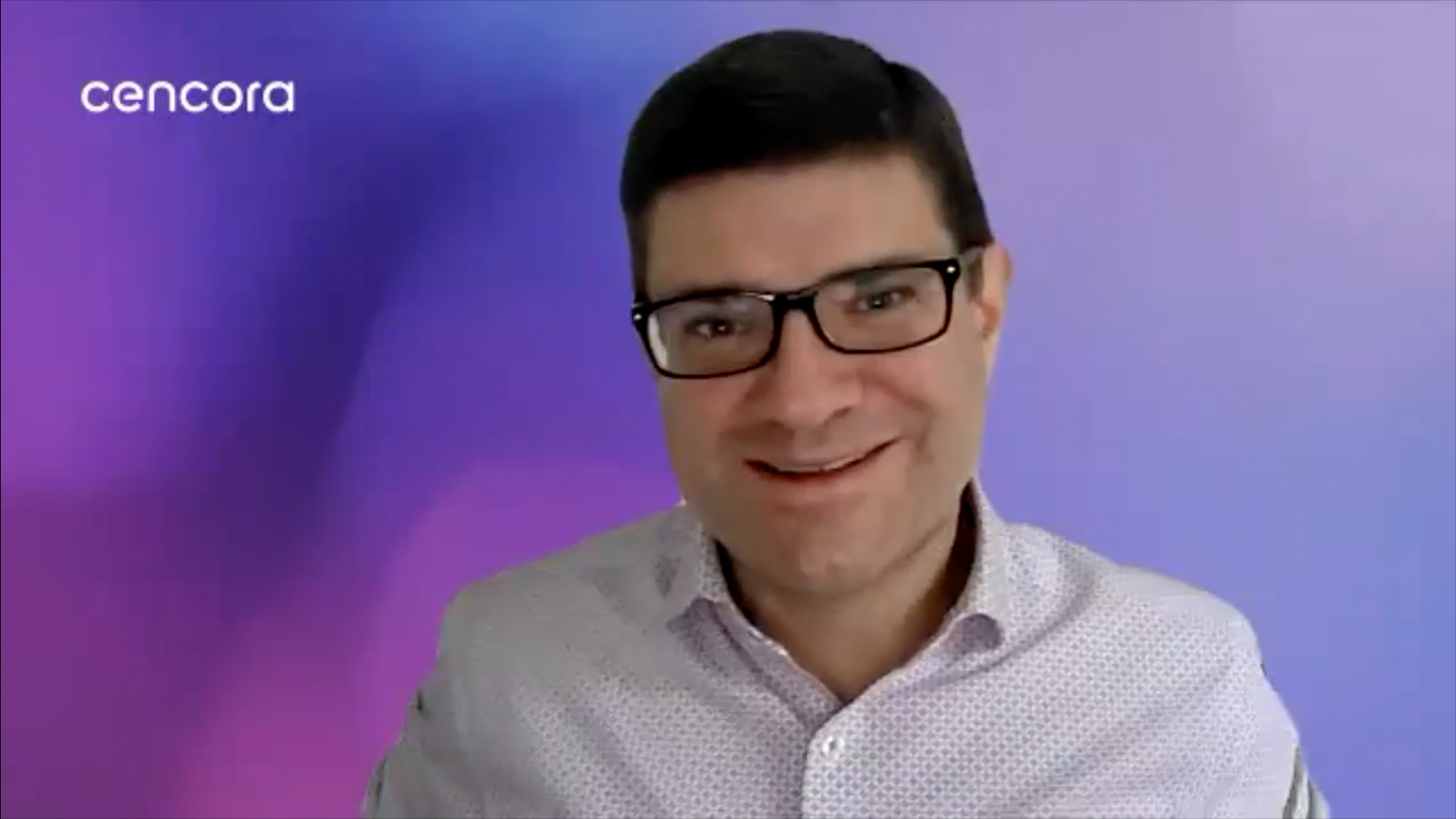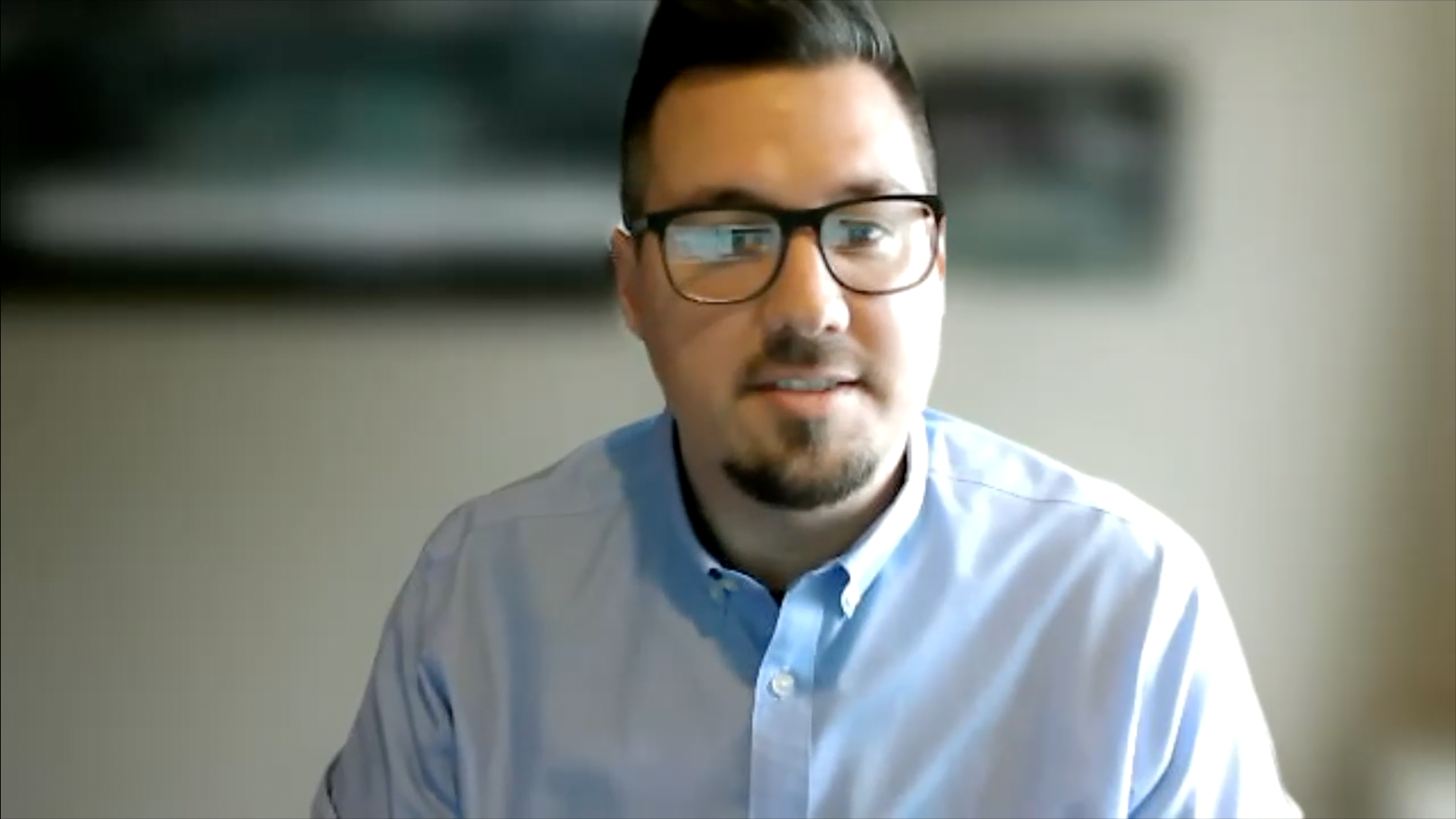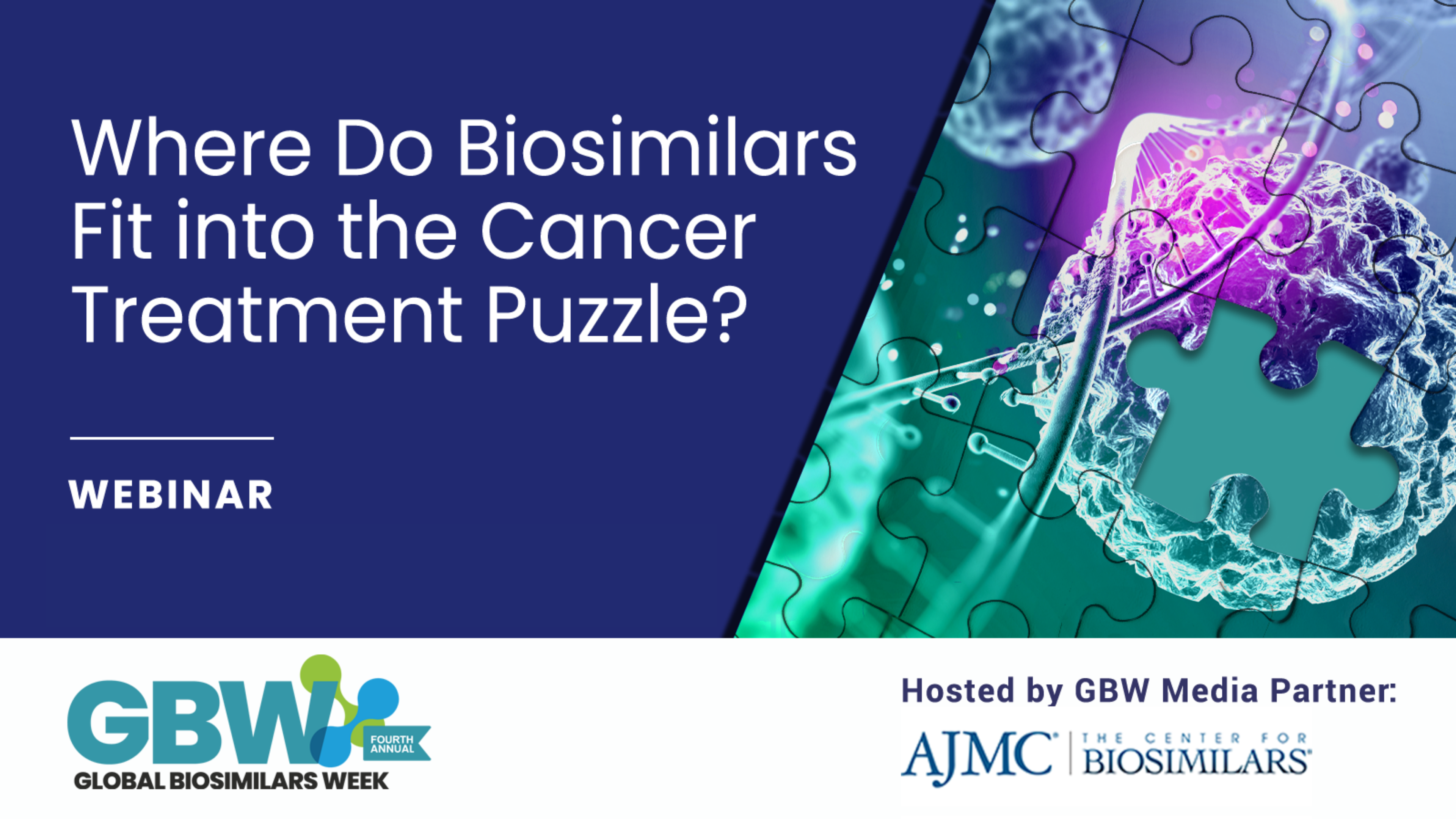- Bone Health
- Immunology
- Hematology
- Respiratory
- Dermatology
- Diabetes
- Gastroenterology
- Neurology
- Oncology
- Ophthalmology
- Rare Disease
- Rheumatology
Diabetes Drugs Could Be Next Frontier of Biosimilar Development
A recent report predicts that the market for biosimilar drugs to treat diabetes will grow rapidly in the coming years, fueled by impending patent expiries and the rising costs incurred by diabetes patients.
According to the American Diabetes Association (ADA), the total costs of the disease reached $245 billion in 2012, representing both direct medical costs and reduced productivity. Over 29 million Americans have diabetes—a number that grows by about 1.4 million per year—and in 2013 they paid an estimated $1922 of their $14,999 average annual healthcare costs out of pocket.
Looking at these factors, it is clear why drug developers and patients alike are excited about the prospect of biosimilar drugs to treat diabetes. According to a recent market report, biosimilar insulin has the “potential to reduce diabetes treatment costs, increase accessibility of insulin treatment, and expand the number of insulin brands.”
In late 2015, the FDA approved Basaglar, an analog of insulin glargine, which was produced by Eli Lilly and Boehringer Ingelheim. It could not technically be approved as a biosimilar product because “no insulin glargine products are currently licensed under the Public Health Service Act, so there is no ‘reference product’ for a proposed biosimilar product,” according to the FDA announcement.
Still, Basaglar underwent rigorous testing similar to the processes of the biosimilar approval pathway, as the application had to demonstrate that Basaglar was not only safe and effective, but was also sufficiently similar to the branded drug, Lantus. The approval of the new drug was accelerated by the inclusion of safety and effectiveness data from when the FDA approved Lantus.
Other insulin glargine analogs, including one by Samsung Bioepis and Merck, are currently under review by the FDA, and some are available in the overseas market. The report also predicts that biosimilars will be developed for insulin aspart and insulin lispro when their patents expire. Prior research has estimated that insulin glargine biosimilars could produce savings of up to 15%, but with the introduction of additional competitors, the price will likely drop further.
The report notes that some drug makers may face challenges in getting insulin biosimilars on the market due to the “stringent regulatory requirements” in the United States. However, it predicted that the allure of selling a more affordable biosimilar alternative to the growing population of diabetes patients will outweigh most companies’ hesitancies about the drug development process.
ADA and other organizations are looking forward to increased biosimilar availability, citing their potential to lower prices and expand access.
“We are excited for the availability of more biosimilar insulins for people with diabetes, with the recent approval of insulin glargine and the ongoing development of aspart and lispro,” said William T. Cefalu, MD, chief scientific, medical, and mission officer of the ADA. “Availability of biosimilars could increase access to analog insulins, which provide more tailored insulin treatment, and improve health outcomes for the nearly 6 million Americans with diabetes who rely on insulin.”
Cefalu emphasized that the promise of biosimilars can only be fulfilled if they are priced substantially lower than brand-name drugs, which can be a difficult endeavor considering their high development costs.
“With regards to cost, the impact of biosimilars is currently unclear. A key challenge to pricing of biosimilars is the production process—it is expensive to produce insulin, and the FDA will only approve a biosimilar product if it has the same mechanism of action, route of administration, dosage form, and strength as the reference product,” Cefalu explained.
“What we saw with the introduction of insulin glargine (Basaglar) in January was a savings of approximately 15% off of the list price of the brand-name insulin glargine. We are hopeful for insulin to be accessible and affordable for all who need insulin.”
How AI Can Help Address Cost-Related Nonadherence to Biologic, Biosimilar Treatment
March 9th 2025Despite saving billions, biosimilars still account for only a small share of the biologics market—what's standing in the way of broader adoption and how can artificial intelligence (AI) help change that?
Patients With IBD Maintain Therapy 2 Years Post Switching to Infliximab Biosimilar
March 23rd 2025People with inflammatory bowel disease (IBD) who switched to the infliximab biosimilar CT-P13 had higher treatment persistence (84% and 91%) than those new to infliximab (66% and 53%), with no new safety concerns.
Will the FTC Be More PBM-Friendly Under a Second Trump Administration?
February 23rd 2025On this episode of Not So Different, we explore the Federal Trade Commission’s (FTC) second interim report on pharmacy benefit managers (PBMs) with Joe Wisniewski from Turquoise Health, discussing key issues like preferential reimbursement, drug pricing transparency, biosimilars, shifting regulations, and how a second Trump administration could reshape PBM practices.
From Amjevita to Zarxio: A Decade of US Biosimilar Approvals
March 6th 2025Since the FDA’s groundbreaking approval of Zarxio in 2015, the US biosimilars market has surged to 67 approvals across 18 originators—though the journey has been anything but smooth, with adoption facing hurdles along the way.











